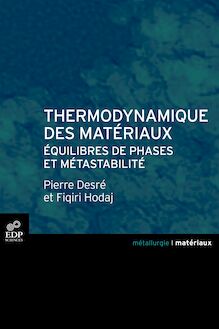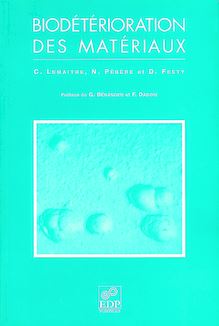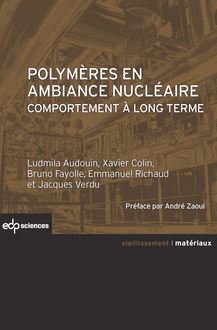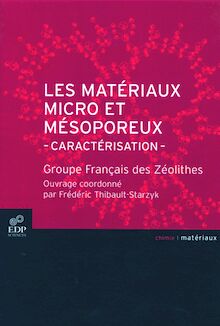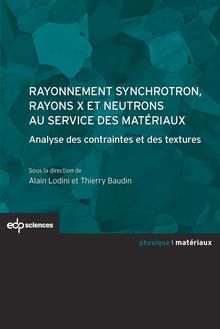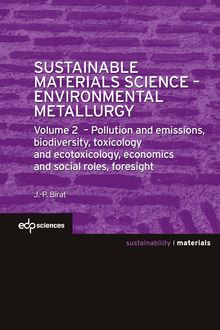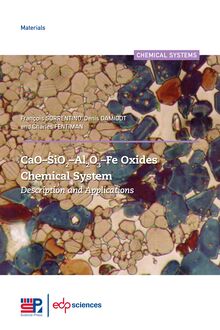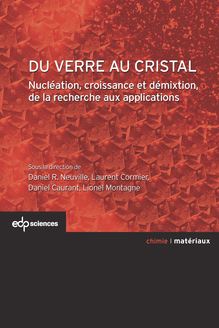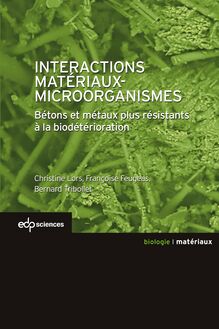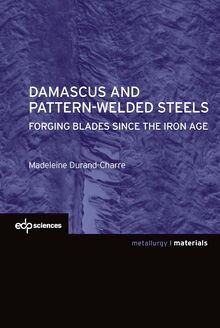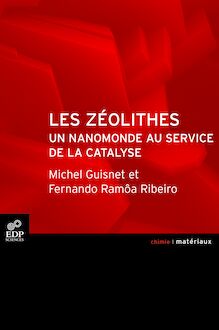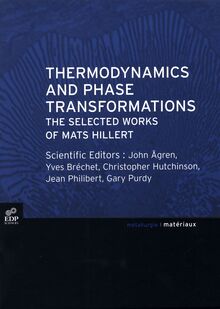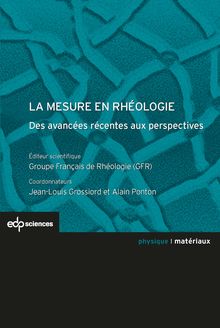Thermodynamics and Phase Transformations , livre ebook
522
pages
English
Ebooks
2006
Obtenez un accès à la bibliothèque pour le consulter en ligne En savoir plus
Découvre YouScribe en t'inscrivant gratuitement
Découvre YouScribe en t'inscrivant gratuitement
522
pages
English
Ebooks
2006
Obtenez un accès à la bibliothèque pour le consulter en ligne En savoir plus
Publié par
Date de parution
01 septembre 2006
Nombre de lectures
1
EAN13
9782759802470
Langue
English
Poids de l'ouvrage
54 Mo
For more than a half-century, Mats Hillert has contributed greatly to the Science of Materials. He is widely known and respected as an innovator and educator, a scientist with an enormous breadth of interest and depth of insight. The difficult choice of twenty-four papers from a publication list of more than three hundred was carried out in consultation with him. He also suggested or approved names of those scientists who would be invited to write brief introductions to each of the papers.
A brief reading of the topics of the selected papers and their introductions reveals something of their range and depth. Several early selections - including internal reports of the Swedish Institute for Metal Research, published here in their original shape - contained seminal material that established Mats as a leading figure in the study of phase transformations in solids. Others established his presence in the areas of solidification and computational thermodynamics.
This volume represents a judicious sampling only of Mats Hillert's extensive body of work; it is necessarily incomplete, but it is hoped and expected that it will prove useful to students of Material Science and Engineering at all levels, and that it will inspire the further study and appreciation of his many contributions.
Publié par
Date de parution
01 septembre 2006
Nombre de lectures
1
EAN13
9782759802470
Langue
English
Poids de l'ouvrage
54 Mo
